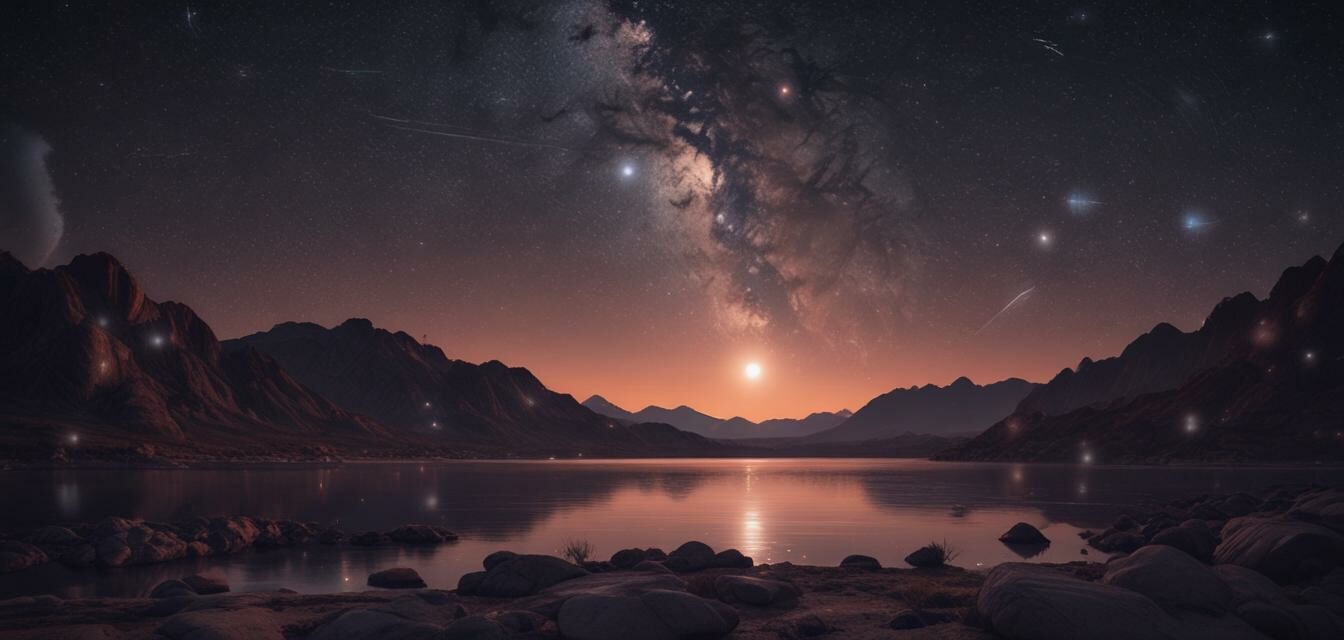
Upcoming celestial events to watch in 2024
Key Takeaways
- Prepare for significant astronomical events like meteor showers, eclipses, and planet alignments in 2024.
- Specific dates and viewing tips will enhance your stargazing experience.
- Exploring the latest telescopes can help in observing these celestial wonders effectively.
As we step into 2024, the universe is set to showcase a variety of exciting celestial events that astronomy enthusiasts simply cannot miss. Whether you're a seasoned stargazer or a budding astronomer, these events offer great opportunities to observe planets, stars, and other astronomical phenomena. Here’s a detailed overview of what to look forward to this year.
Key celestial events in 2024
| Date | Event | Description |
|---|---|---|
| April 8 | Total Solar Eclipse | A total solar eclipse will be visible across North America, providing a perfect opportunity for viewers to witness the moon completely covering the sun. |
| August 12 | Perseid Meteor Shower | This popular meteor shower peaks with the potential of seeing up to 100 meteors per hour under optimal conditions. |
| October 22 | Orionids Meteor Shower | A strong meteor shower that originates from Halley's Comet, offering spectacular views of shooting stars. |
| December 13-14 | Geminids Meteor Shower | The Geminids are known for their bright meteors and can generate up to 150 meteors per hour at peak times. |
| TBD in 2024 | Planetary Alignments | Several planetary alignments are expected throughout the year, providing unique viewing opportunities for telescope enthusiasts. |
Understanding solar and lunar eclipses
In 2024, the total solar eclipse on April 8 will be a highlight for many sky-watchers. To fully appreciate this event, it’s important to understand the difference between solar and lunar eclipses:
| Type | Occurrence | Visibility |
|---|---|---|
| Solar Eclipse | Occurs when the moon passes between the Earth and the sun. | Visible from specific regions on Earth depending on the path of the moon's shadow. |
| Lunar Eclipse | Occurs when the Earth passes between the sun and the moon. | Visible from anywhere on the nighttime side of the Earth. |
Tips for observing celestial events
Beginner's observing tips
- Use a telescope or binoculars for a closer view of planets and meteor showers.
- Check weather conditions and select a location with minimal light pollution.
- Prepare ahead by learning the constellations related to the events to enhance your experience.
- Mark your calendar for each event to ensure you don't miss out.
- Engage with fellow astronomy enthusiasts via forums or groups to share your experiences and tips.
Upcoming technology trends in telescopes
As we anticipate these spectacular celestial events, it's also important to consider how technological advancements in telescopes can enhance our viewing experiences. Stay tuned for our latest articles that will cover innovative telescope features and technologies.
Pros
- Exciting celestial events that can be viewed with the naked eye with proper planning.
- Opportunity to learn more about astronomy and engage with the community.
- Advent of advanced telescopes which allow for more detailed observations.
Cons
- Cloudy weather may obstruct views during key events.
- Telecommunication disruptions can affect live streams of these events.
- Potential crowds at popular viewing locations could lessen experiences.
Conclusion
2024 promises to be an exhilarating year for celestial observations. By preparing for these pivotal events and equipping yourself with the right tools and knowledge, you can make the most of your stargazing experiences. Whether you’re using a telescope or simply enjoying the night sky with your own eyes, get ready to marvel at the wondrous universe around you!
Stay updated
For more insights and updates on astronomy and telescopes, visit our Buying Guides section where we help you select the best gear to enhance your stargazing adventure!